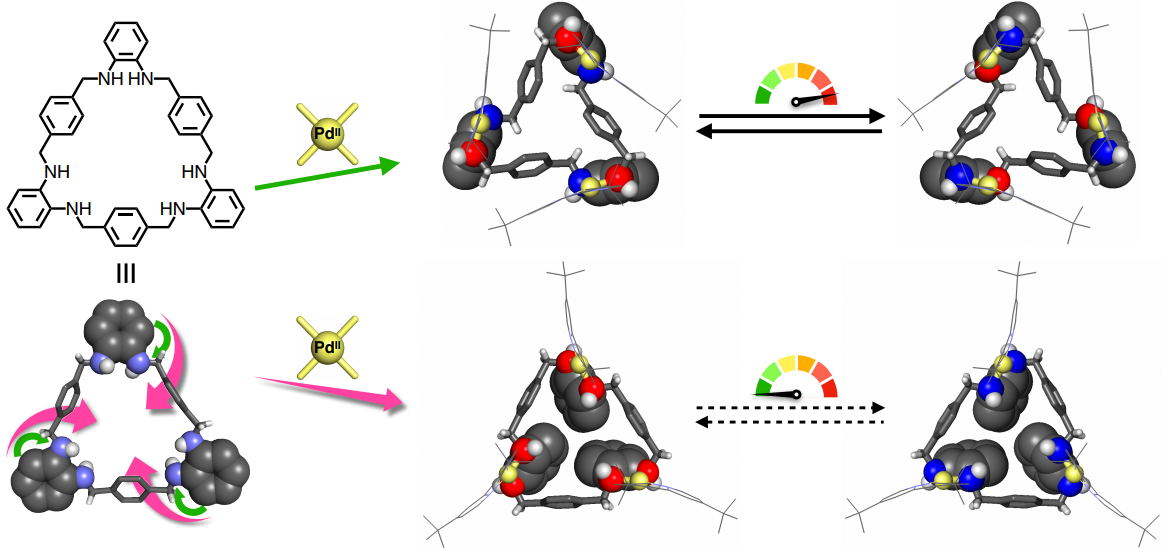2023-11-28 ミシガン大学
◆励起子の精密な輸送が可能なピラミッド構造を使用し、従来よりもはるかに小さいパッケージで励起子を移動できるようにしました。これにより、既存のデバイスの効率向上や、励起子を使用した光学と励起子技術を組み合わせた非常に高速で効率的なコンピュータの実現が可能となります。
<関連情報>
- https://news.umich.edu/nextgen-computing-hard-to-move-quasiparticles-glide-up-pyramid-edges/
- https://pubs.acs.org/doi/10.1021/acsnano.3c04870
一次元ガイドにおける拡散抑制による励起子ドリフト輸送の強化 Enhanced Exciton Drift Transport through Suppressed Diffusion in One-Dimensional Guides
Zidong Li, Matthias Florian, Kanak Datta, Zhaohan Jiang, Markus Borsch, Qiannan Wen, Mack Kira, and Parag B. Deotare
ACS Nano Published:October 24, 2023
DOI:https://doi.org/10.1021/acsnano.3c04870
Abstract

Drift-diffusion dynamics is investigated in a one-dimensional (1D) exciton guide at room temperature. Spatial engineering of the exciton energy in a WSe2 monolayer is achieved using local strain to confine and direct exciton transport. An unexpected and massive deviation from the Einstein relation is observed and correlated to exciton capture by defects. We find that the capture reduces exciton temperature and diffusion so much that drift transport visibility improves to 38% as excitons traverse asymmetrically over regions with occupied defect states. Based on measurements over multiple potential gradients, we estimate the exciton mobility to be 169 ± 39 cm2/(eV s) at room temperature. Experiments at elevated exciton densities reveal that the exciton drift velocity monotonically increases with exciton density, unlike exciton mobility, due to contributions from nonequilibrium many-body effects.



